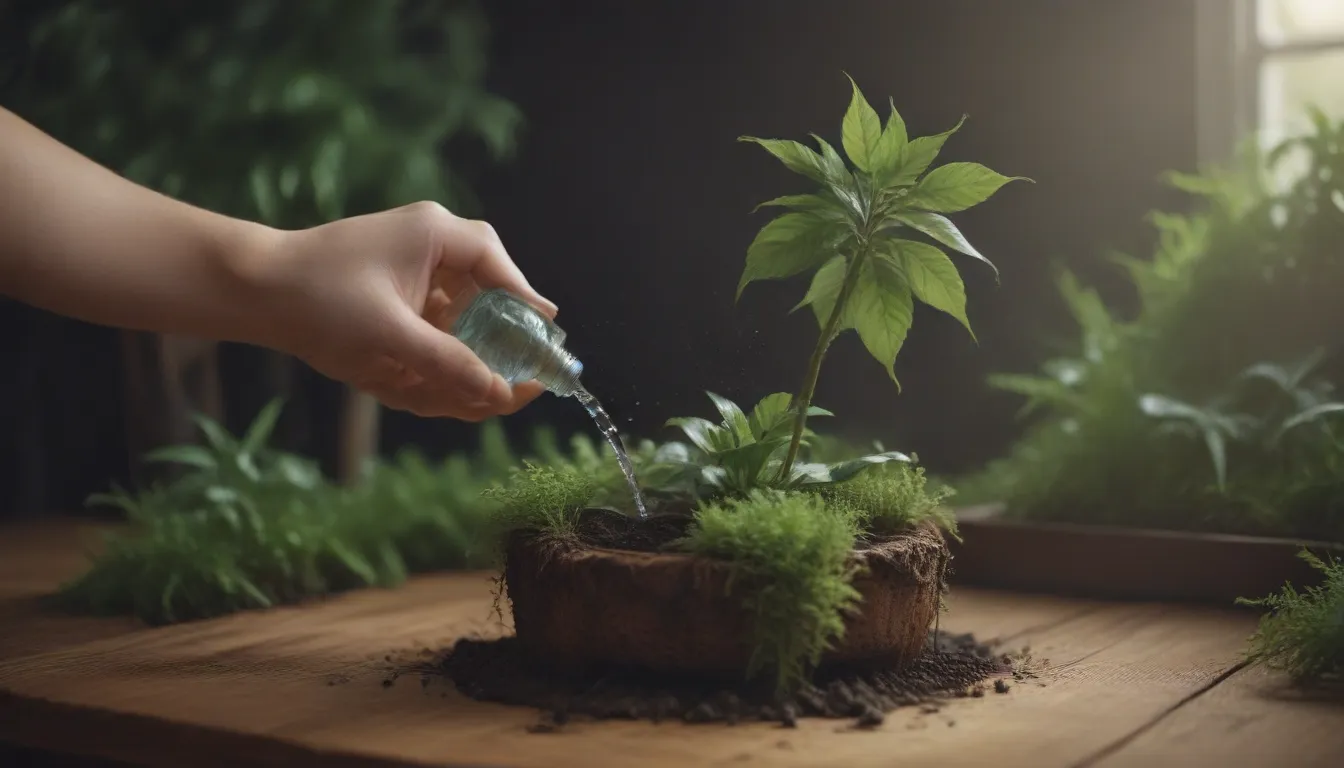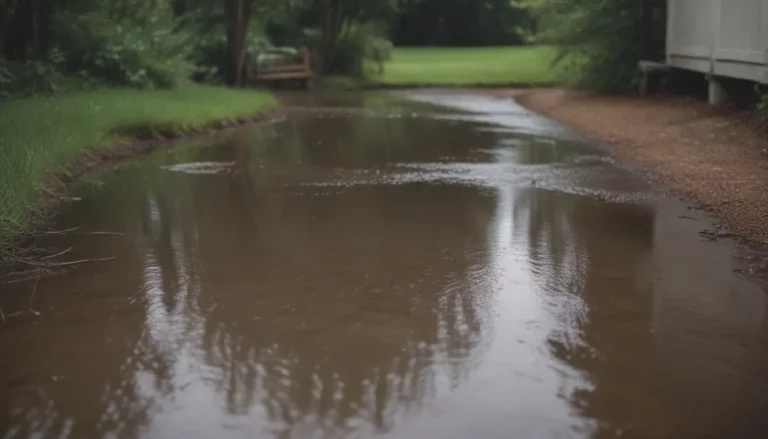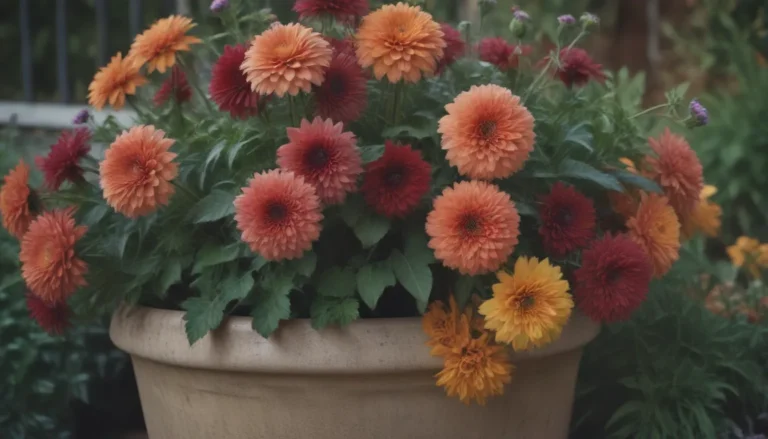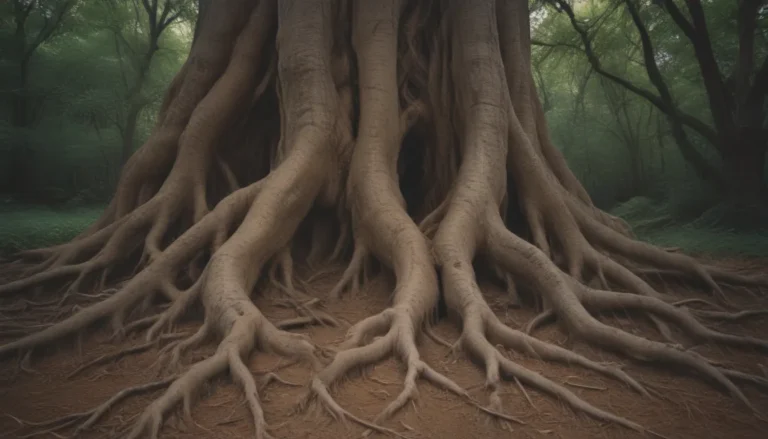The Ultimate Guide: When and How to Water Your Plants

If you’re like me, you take pride in your garden and want to ensure your plants thrive all summer long. But figuring out the best time to water can be a bit of a guessing game. Not anymore! In this comprehensive guide, I’ll walk you through the dos and don’ts of watering your plants, so you can keep your garden looking lush and beautiful. Let’s dive in!
Timing is Everything: How to Water Plants in Summer
Watering your plants in the summer can make or break your garden. Too much water can lead to root rot, while too little can leave your plants parched. The key is to water deeply and less often. Here are some tips to help you master the art of summer watering:
- Use tools like soaker hoses for beds and watering cans for containers to ensure consistent moisture.
- Let the soil slightly dry out before watering to promote healthy growth.
- Be mindful of applying fertilizer during high temperatures to avoid burning your plants.
Keep an Eye Out
Don’t forget to check your soaker hoses regularly to ensure they are working correctly. Degraded hoses can create uneven watering, which can harm your garden.
The Best Time to Water Your Plants During the Day
Timing is crucial when it comes to watering your plants. While some people prefer watering in the evening, others swear by early morning watering. Here’s why watering in the morning might be your best bet:
- Administering water in the morning allows foliage to dry quickly, which helps prevent fungal spores.
- Evening watering can be beneficial, but be sure to water directly at the root zone to avoid wetting the leaves.
Annuals vs. Perennials: Watering Needs
Whether you have annual or perennial plants in your garden, it’s essential to understand their watering needs. Annuals, like marigolds and impatiens, have shallow root systems and require frequent watering, especially during heatwaves. On the other hand, perennials have deeper roots and can withstand longer periods without water. Here’s what you need to know:
- Water annuals in the morning to give them enough moisture to survive the day.
- Perennials should be watered once or twice a week, deeply so that the water can penetrate the soil.
Pro Tip
Invest in a rain gauge to ensure your plants are getting the right amount of water. Most plants thrive on about an inch of water per week.
Container Plants: Special Considerations
Container plants have different watering needs than plants in the ground. They tend to dry out more quickly, especially in the summer heat. Here’s how to keep your container plants happy:
- Plastic and fiberglass pots: these are nonporous and retain moisture well, so be cautious of overwatering.
- Terracotta clay pots: while breathable, they can dry out quickly, requiring more frequent watering.
Try this Tip
Consider using self-watering containers for tropical plants or veggies like tomatoes. These containers have water reservoirs to provide consistent moisture to your plants.
Vegetable Gardens: Keeping Your Veggies Hydrated
Vegetable gardens need regular watering to thrive. During heatwaves, your veggies may require extra care to prevent blossom drop and stunted growth. Here’s how to keep your veggies happy:
- Water deeply at least two to three times a week, preferably in the morning.
- Use drip irrigation or a soaker hose to avoid wetting the leaves.
Trees and Shrubs: Deep Watering for Healthy Roots
Trees and shrubs need deep watering to develop a robust root system. Water them thoroughly, especially after a light rain, to ensure the moisture reaches the roots. Here’s a general guideline to follow:
- Mature trees and shrubs: deep watering is key to their health.
- Shallow-rooted specimens: require more frequent watering.
- New plantings: need extra attention to establish their roots.
Expert Tip
Continue watering your trees and shrubs through the fall to prepare them for a healthy winter dormancy.
Reviving Wilted Plants: What to Do
If you notice your plants wilting, don’t panic! While lack of water is a common cause, other factors could be at play. Here’s how to revive your wilted plants:
- Water the plants, but ensure the soil is not already moist.
- Monitor for pests and diseases that could be affecting your plants.
- Keep an eye on your plants during hot days, as wilting could be a natural response to high temperatures.
Conclusion
By following these watering tips, you can ensure your plants thrive all summer long. Remember to adjust your watering routine based on the weather and the specific needs of your plants. A healthy garden starts with proper hydration, so grab your watering can and get started!
Whether you’re a seasoned gardener or just starting, mastering the art of watering is essential for a thriving garden. So put on your gardening gloves, grab your tools, and get ready to give your plants the hydration they need to flourish. Happy gardening!





